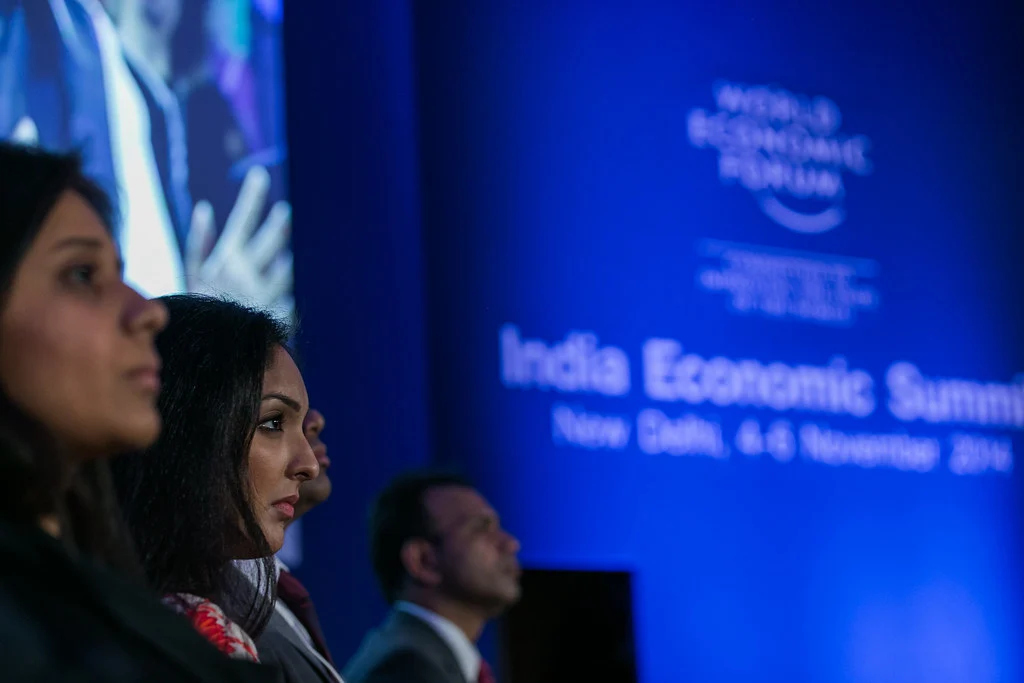India’s Digital Public Infrastructure (DPI) is one of the most ambitious technological undertakings in the modern world. It has redefined how a nation of over 1.4 billion people interacts with governance, finance, and public services. In just over a decade, India has built a seamless, interoperable digital ecosystem powered by Aadhaar, the Unified Payments Interface (UPI), and DigiLocker. These initiatives have transformed everything from welfare distribution to financial transactions, catapulting the country into a new digital era.
But as India’s digital footprint expands, so do concerns about privacy, surveillance, and the long-term implications of a state wielding unprecedented control over personal data. The world watches India’s digital revolution with both admiration and caution; it recognizes DPI’s enormous potential for economic growth and financial inclusion while considering its significant risks to democratic institutions.
Aadhaar, launched in 2009, is the world’s most extensive biometric identification system, assigning a unique 12-digit number to over a billion Indian residents. The goal was straightforward: to eliminate inefficiencies in welfare distribution, curb corruption, and ensure that government benefits reached those who needed them most. By linking Aadhaar to various government services, India reduced leakages in welfare programs and enhanced transparency.[1]
The system’s integration into banking and financial services has been particularly transformative, bringing millions of previously unbanked citizens into the formal economy. A fruit vendor in Delhi, a fisherman in Kerala, or a farmer in Uttar Pradesh can now easily access credit, receive direct benefit transfers, and conduct cashless transactions. The Aadhaar-based authentication framework has fundamentally altered the relationship between the state and its citizens, making governance more efficient and inclusive.[2]
However, an equally vast set of risks comes with such an all-encompassing digital identity system. Aadhaar has been at the centre of fierce debates on privacy, data security, and potential government overreach. A system that collects biometric and demographic data on such a scale inherently carries the risk of over-surveillance. Instances of data leaks and unauthorized access have raised concerns about the vulnerabilities of a centralized identity repository.[3] Critics warn that Aadhaar’s potential misuse extends beyond security breaches; it could become a tool for exclusion, where those who fail biometric authentication are denied access to essential services.[4] The absence of a robust data protection law in India exacerbates these fears, as citizens have little control over how their data is stored, accessed, or used.[5]
Complementing Aadhaar in India’s digital revolution was the Unified Payments Interface (UPI), which launched in 2016. UPI has transformed the payments ecosystem, making digital transactions frictionless and accessible to everyone, from street vendors to large corporations. The platform allows users to send money instantly using their smartphones, eliminating the need for cash or traditional banking infrastructure. Unlike Western models dominated by credit card companies and transaction fees, UPI is open, interoperable, and virtually free.[6] The numbers speak for themselves: UPI processed over 10 billion transactions in a single month in 2023, a staggering reflection of India’s shift towards a cashless economy.[7] UPI has driven entrepreneurship, reduced dependency on cash, and increased financial transparency. However, the platform’s rapid adoption has also made it a prime target for fraud, cyberattacks, and regulatory concerns. The openness of UPI, while a strength, has left it vulnerable to phishing scams and unauthorized transactions.[8]
Furthermore, the increasing dominance of global tech players, such as Google Pay and WhatsApp Pay— within the UPI ecosystem has raised questions about foreign influence over India’s financial data.[9] If a handful of private corporations dominate digital transactions, does India risk ceding control over its financial sovereignty? The success of UPI also brings more significant concern: the potential for the state to track every transaction, creating an unprecedented level of financial surveillance.[10]
DigiLocker, another key component of India’s DPI, has streamlined document management by offering citizens a secure cloud-based repository for storing and sharing digital documents.[11] This initiative has significantly reduced the reliance on physical documents, eliminating bureaucratic inefficiencies and minimizing the risk of document loss or forgery. During the COVID-19 pandemic, DigiLocker proved invaluable in facilitating digital access to vaccination certificates and medical records, further reinforcing India’s commitment to e-governance.[12]
However, DigiLocker, like Aadhaar and UPI, raises concerns about centralized data control. A cloud-based repository of sensitive documents necessitates robust cybersecurity infrastructure, and questions remain about the state’s ability to protect such vast amounts of personal data.[13] While urban and affluent citizens benefit greatly from DigiLocker, a significant portion of the population still struggles with digital access.[14]
India’s DPI has not only transformed governance and economic transactions domestically but has also caught the attention of its neighbours in South Asia. Countries like Bangladesh, Sri Lanka, and Nepal are exploring similar models, recognizing the potential of digital public infrastructure to drive financial inclusion and economic modernization.[15] India’s success in scaling digital solutions at low cost has positioned it as a leader in global digital governance discussions. However, the feasibility of replicating India’s model in other countries is far from straightforward. Digital infrastructure cannot be imported wholesale. It requires deep integration with local governance, legal systems, and technological capabilities.[16]
Tarushi Sahni is an undergraduate student at the University of Toronto, majoring in International Relations and Economics with a minor in Psychology. Coming from the vibrant city of Mumbai, she loves the city life in Toronto and has been quick to embrace it. She is interested in the way the pandemic and shifts in diplomacy have encouraged western countries and MNCs to shift their manufacturing units from China to South Asian countries.
References
-
Institut Montaigne, India’s Digital Public Infrastructure: A Success Story for the World? (Paris: Institut Montaigne, 2023), https://www.institutmontaigne.org/en/expressions/indias-digital-public-infrastructure-success-story-world. ↑
-
Ibid. ↑
-
Atlantic Council, Finding Security in Digital Public Infrastructure (Washington, DC: Atlantic Council, 2023), https://www.atlanticcouncil.org/in-depth-research-reports/issue-brief/finding-security-in-digital-public-infrastructure/. ↑
-
Vandana Gyanchandani, “A Balanced Approach to Privacy for Aadhaar,” International Journal of Law and Technology 10, no. 2 (2021): 45-67, https://pure.jgu.edu.in/id/eprint/2010/1/A%20Balanced%20Approach%20to%20Privacy%20for%20Aadhaar%202021.pdf. ↑
-
Ibid. ↑
-
OMFIF, India’s Digital Leap in Financial Inclusion (London: Official Monetary and Financial Institutions Forum, 2023), https://www.omfif.org/2023/11/indias-digital-leap-in-financial-inclusion/. ↑
-
Ibid. ↑
-
Access Now, Guide to Digital Public Infrastructure (New York: Access Now, 2023), https://www.accessnow.org/guide/digital-public-infrastructure/. ↑
-
Ibid. ↑
-
OECD, Digital Public Infrastructure for Digital Governments (Paris: Organisation for Economic Co-operation and Development, 2023), https://www.oecd.org/en/publications/digital-public-infrastructure-for-digital-governments. ↑
-
Ibid. ↑
-
Observer Research Foundation, Digital Public Infrastructure as a Catalyst for Private Sector Innovation (New Delhi: ORF, 2023), https://www.orfonline.org/research/digital-public-infrastructure-as-a-catalyst-for-private-sector-innovation. ↑
-
Ibid. ↑
-
Suyash Rai and Anirudh Burman, Financial Inclusion and Digital Transformation in India (Carnegie Endowment for International Peace, 2023), https://carnegieendowment.org/india/ideas-and-institutions/financial-inclusion-and-digital-transformation-in-india-or-understanding-indian-cities. ↑
-
Ibid. ↑
-
Ibid. ↑








